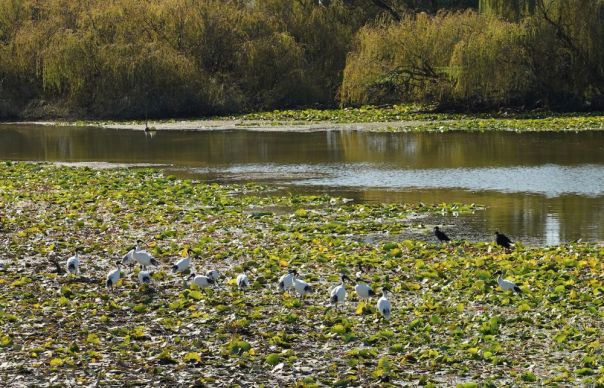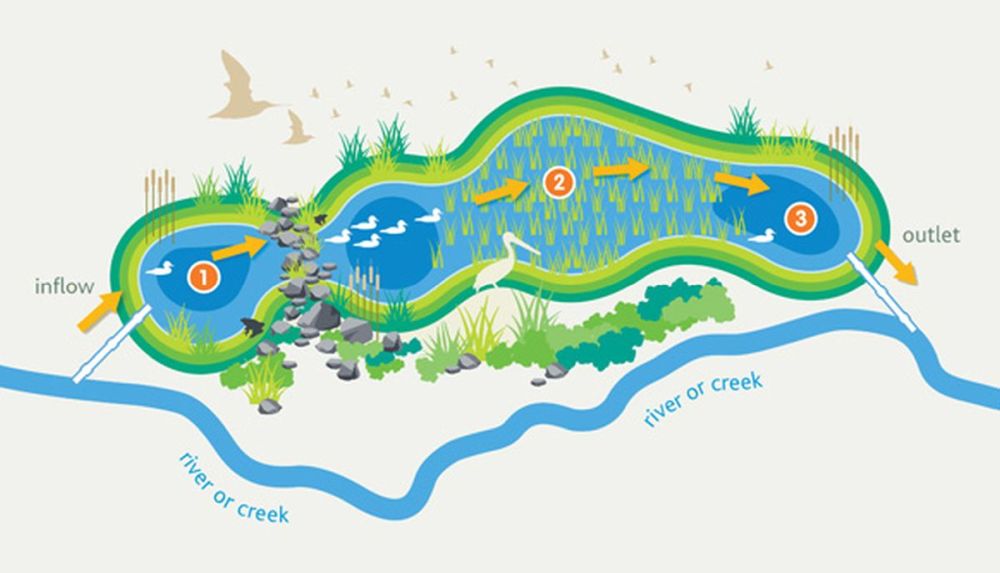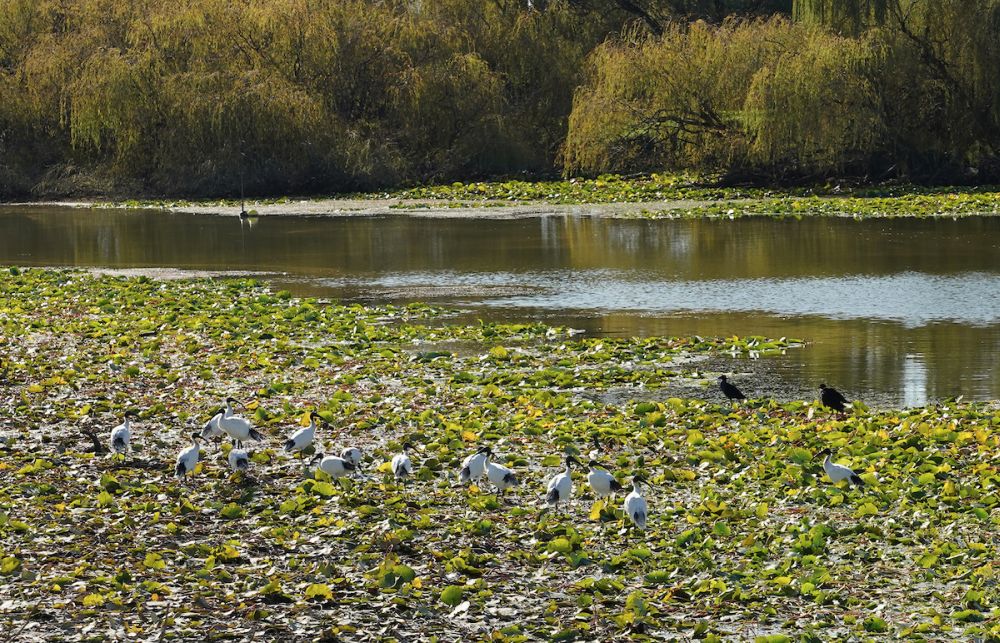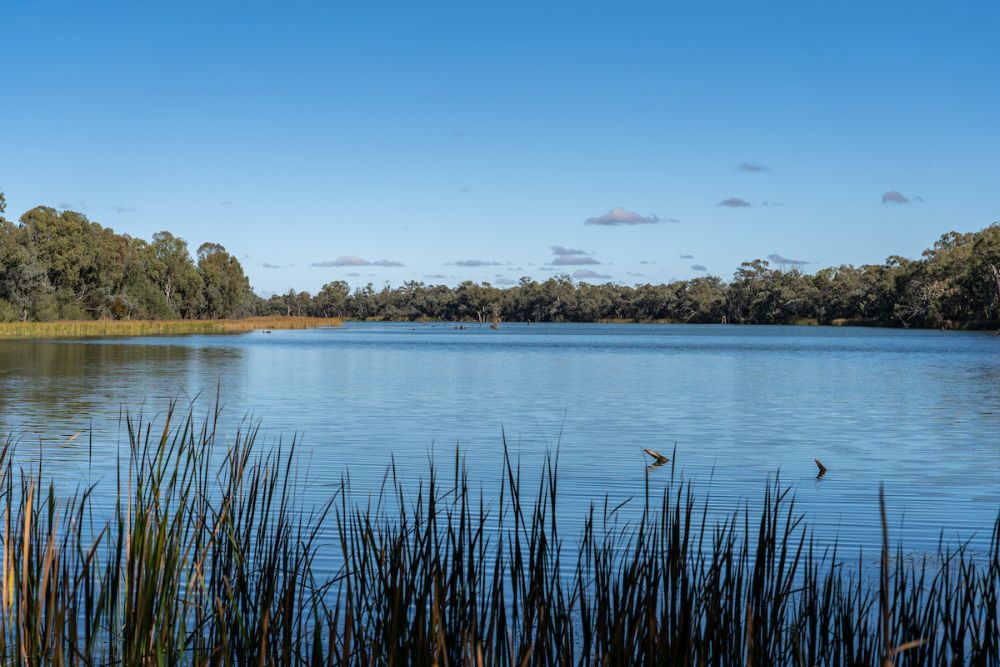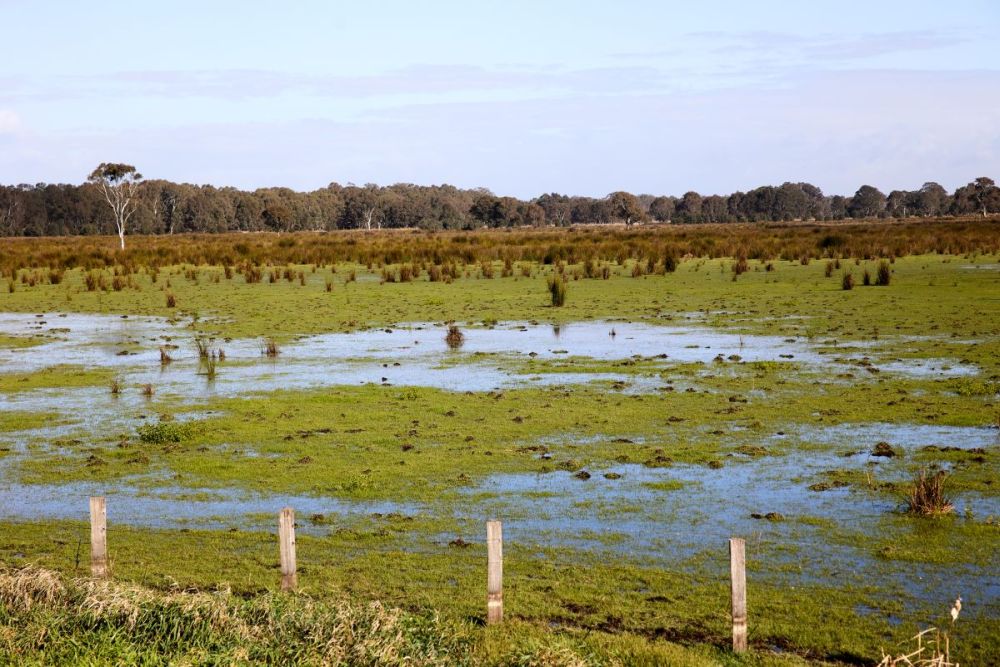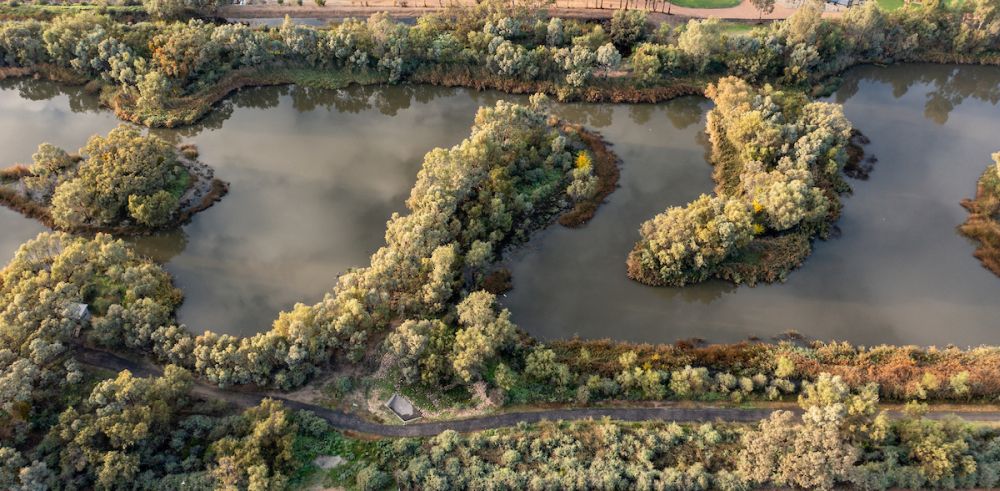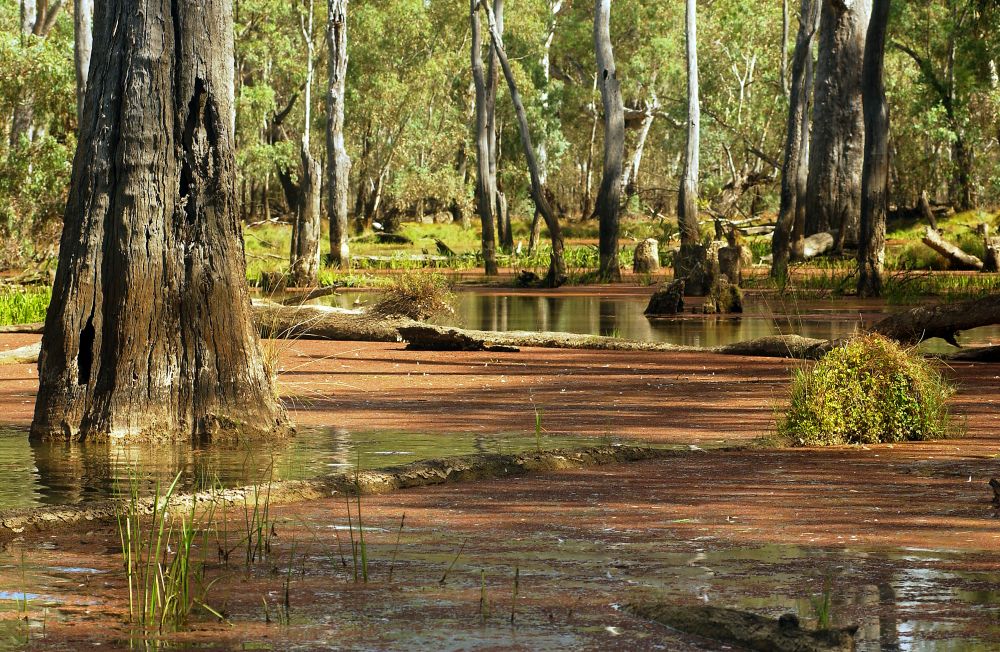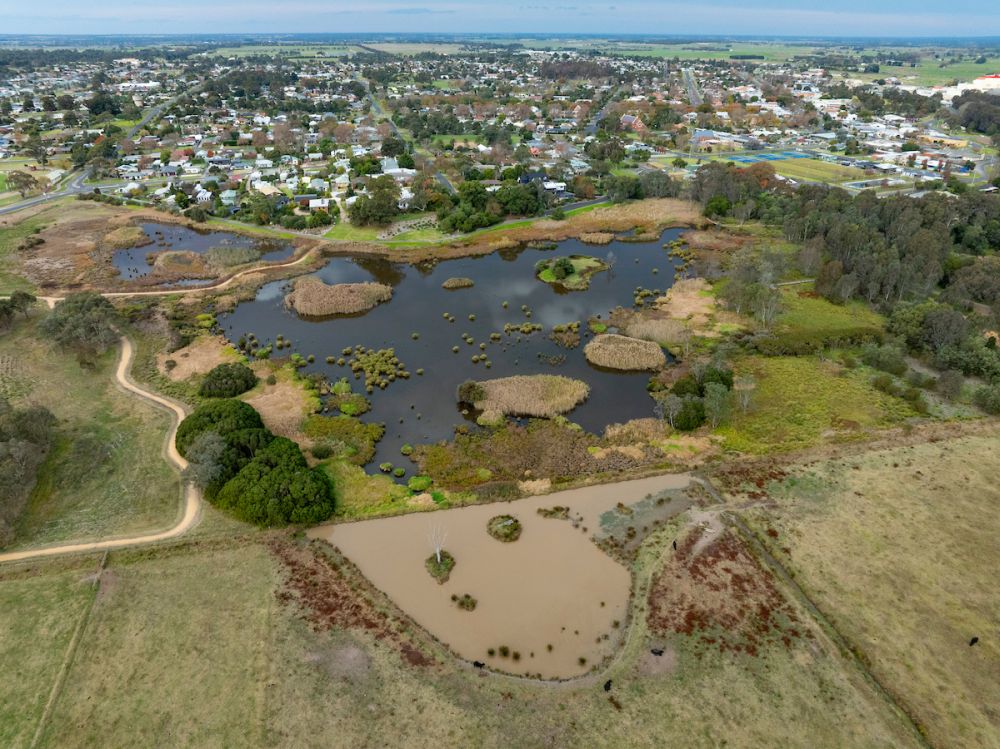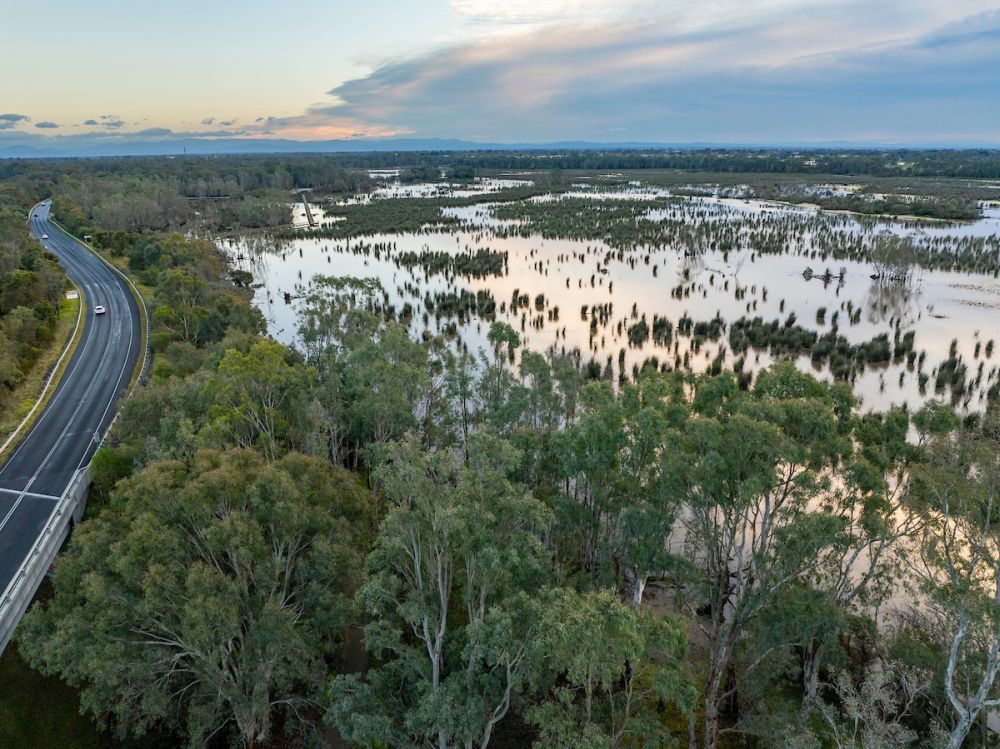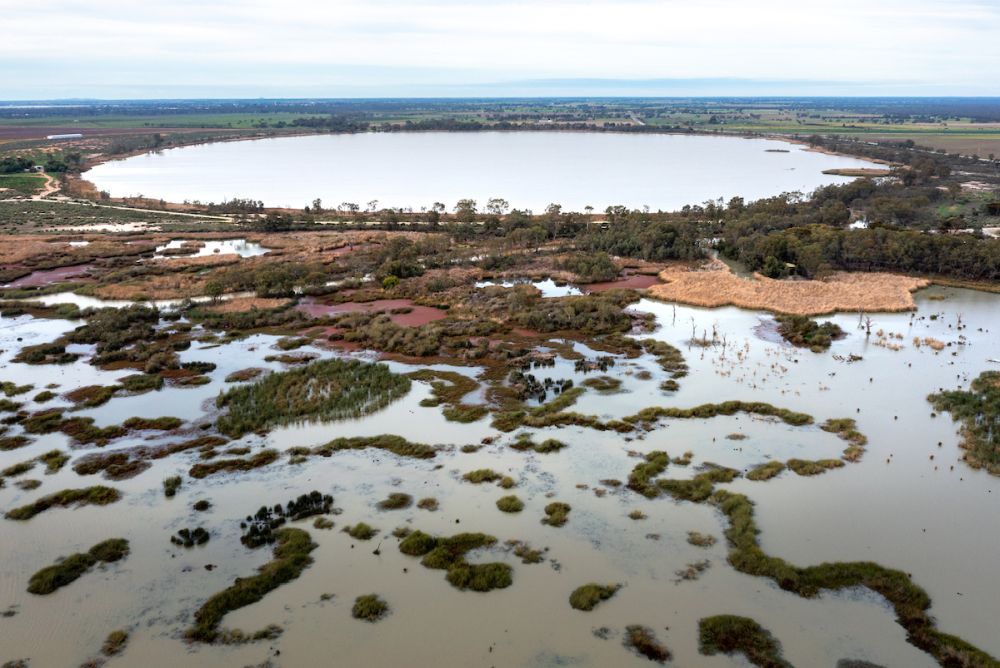What are wetlands?
Victorian wetlands are ecologically diverse. They are characterised by still or very slow-moving water and they can be permanent or temporary. Their waters can also be freshwater or salty.
During droughts, wetlands that still have water become crucial refuges for plant and animal species. They can be natural or constructed for things like water storage and sewerage treatment facilities.
Wetlands that have been altered by human activity can also be restored, allowing them to once again be home to native plants and animals. In Victoria, some wetlands are recognised for their internationally important environmental values. These are known as Ramsar wetlands.
Wetland types can include:
- billabongs
- lakes
- meadows
- marshes
- swamps
- alpine peatlands
- mangroves
- mudflats
- seagrass areas
- saltmarshes.
Many species in Victoria rely on wetlands for all or part of their life cycle. These are:
- fish
- invertebrates
- birds
- amphibians
- reptiles
- mammals.
What are floodplains?
Floodplains are low-lying areas next to rivers and streams that are naturally subject to flooding. Cities and towns built upon floodplains may be in danger of flooding, which can be eased by Water Sensitive Urban Design.
Wetland ecosystems also provide important services to nature and humans. They:
- reduce flood peaks, mitigating the impacts of flooding and erosion
- naturally filter sediments and contaminants from water
- can reduce greenhouse gases in the atmosphere by storing carbon
- are culturally significant to Traditional Owners and Aboriginal histories
- provide recreational opportunities such as boating, camping, bird watching and fishing that support tourism and local economies.
Under threat
Wetlands and floodplains health are under threat from climate change and changes in how we use land and water. For healthy wetlands and floodplains, we need strong interconnection between these systems.
Some of Victoria’s wetlands and floodplains are allocated water to improve and maintain their condition and connectivity. This is called environmental watering. This process aims to restore the natural wetting and drying cycle of these environments that have been changed by human activity.
Andrea White works in the Waterway Health team at the Department of Energy, Environment and Climate Action (DEECA). In this video she discusses her love of wetlands and the role she has played in protecting these areas for 30 years.


